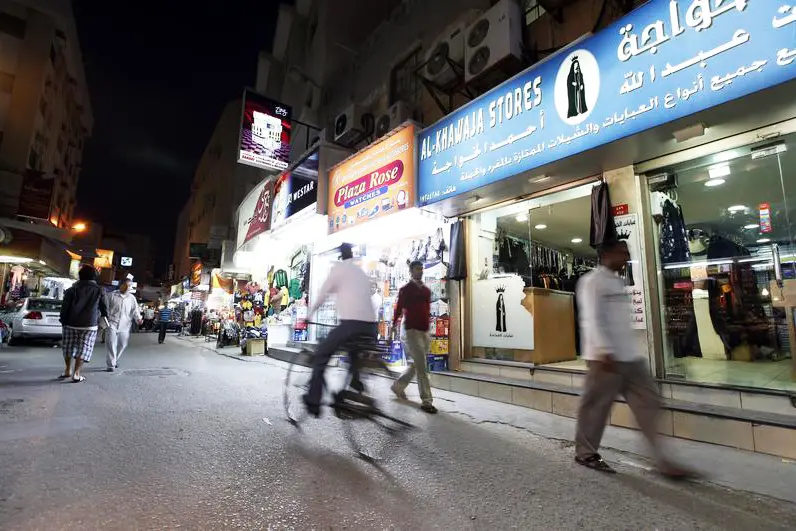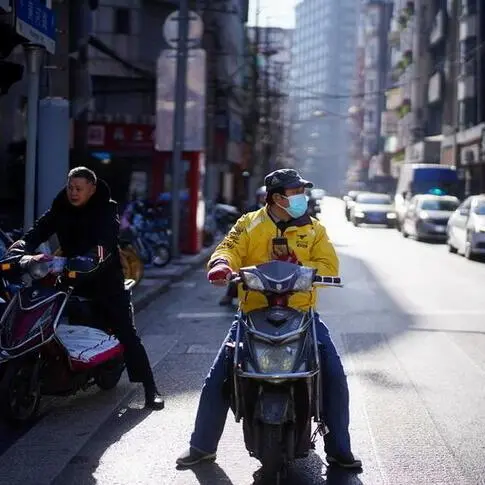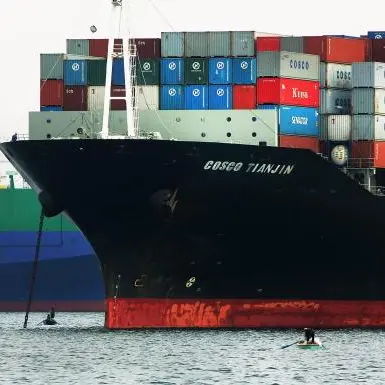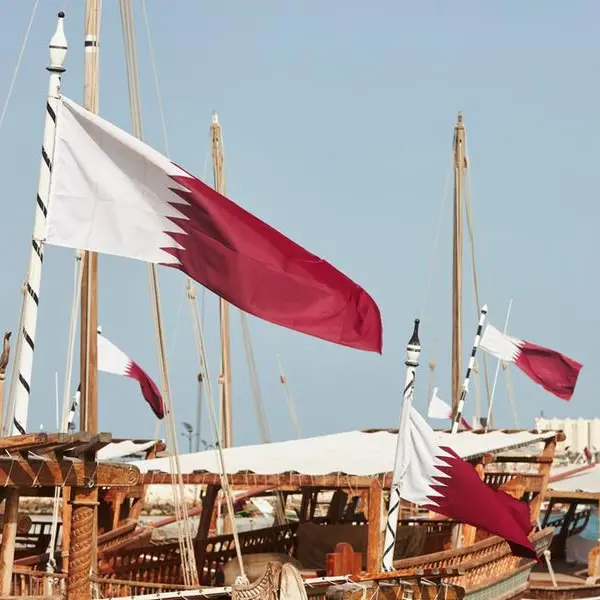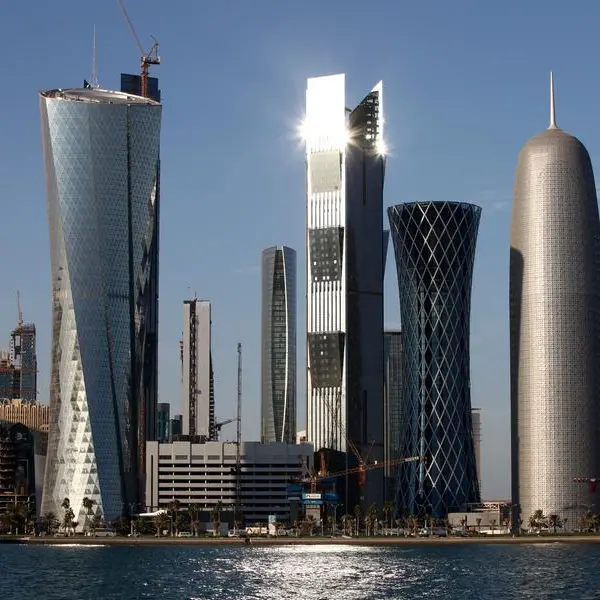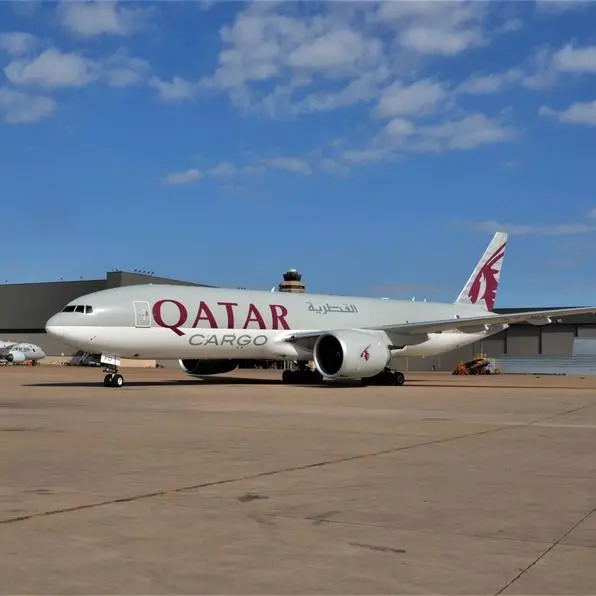PHOTO
Ramped-up investment programmes and solid private sector expansion helped sustain Bahrain's economic growth in 2015, albeit at a slower pace than in previous years.
According to the IMF, GDP growth is expected to reach 3.4% in 2015. While down on the 4.5% growth recorded in 2014, this places Bahrain's economy ahead of the MENA average of 2.3% and the global average of 3.1%.
Growth is forecast to moderate somewhat in 2016, however, to 3.2%, as per IMF estimates.
Energy impactThe more modest performance of 2015 was largely due to lower oil prices, which have eroded Bahrain's export earnings and government revenues.
While not a major producer in global terms, Bahrain continues to export processed oil products, sourcing crude from both its own relatively small reserves and the Abu Saafa field it shares with neighbouring Saudi Arabia.
The oil and gas industry typically accounts for around 85% of government revenue, though the sector's share of GDP has fallen to 20% - down from more than 40% in 2000 - due in part to the government's strong push for economic diversification.
According to estimates from the Bahrain Economic Development Board (EDB), the non-oil economy was on track to record 4.6% growth in 2015. This has had positive carry-through effects on unemployment in particular, which shrank to 3.1% in the third quarter - its lowest level in years, as per figures from the Ministry of Labour and Social Development.
Financing obstaclesDeclining oil revenues have nonetheless had a major impact on the state's fiscal position, with the 2015 budgetary cycle expected to close with a deficit of 12.5% of GDP, according to ratings agency Fitch, up from a 5% shortfall in 2014.
The government has looked primarily to financial markets to bridge the gap, having issued a dual-tranche offer worth $1.5bn in early November. The five- and 10-year bonds, which offer coupon rates of 5.875% and 7%, respectively, were oversubscribed at $2.4bn, according to media reports.
The state's borrowing programme could, however, run into opposition in 2016. In mid-November Bahrain's parliament voted to restrict state borrowing, capping public debt at 60% of GDP. Sheikh Ahmed bin Mohammed Al Khalifa, minister of finance, warned that the cap could limit the government's funding and stimulus options.
As of November, public debt totalled BD6.6bn ($17.5bn), equivalent to 53% of GDP.
Pressure on the 2016 budget is expected to increase, prompting the need to either raise additional funds or lift borrowing limits to compensate for the continued decline in hydrocarbons revenues.
The cost of borrowing was already on the rise in 2015, with ratings agency Moody's downgrading the kingdom's debt rating in April to "Baa3" with a negative outlook before changing the once-sound banking industry's outlook to negative in July.
Cutting costs, rising pricesThe government has already taken steps to curb spending through a gradual scaling back on costly fuel, food and utility subsidies, currently valued at around $2bn per year.
In April Bahrain raised the subsidised price of gas for industrial customers. This was followed by the trimming of support for some food products, such as meat and chicken, in October, causing prices to more than double.
However, as citizens are set to receive cash transfers to compensate for rising food prices, foreigners will likely bear the brunt of higher costs. Plans are also reportedly in the works to increase water and electricity tariffs for large companies and expatriates.
Inflation rose to 2.3% year-on-year in October after flattening mid-year, driven primarily by higher food costs. By November, however, inflation had eased to 1.5%.
While inflation remains moderate, the Central Bank of Bahrain raised its overnight rate by 25 basis points to 0.5% in mid-December, immediately following the US Federal Reserve's move.
Investment boostThe government also rolled out plans to boost public investment in the economy in 2015. While seemingly at odds with efforts to trim expenditures, spending aimed at improving import and processing capacity in the energy sector, alongside guaranteed spending on large infrastructure projects funded by the GCC Support Programme for Bahrain, is expected to help fuel private sector growth.
According to the EDB's "Bahrain Economic Quarterly" report from December, nearly $6bn worth of projects had been allocated under the fund, with $3.7bn tendered to date.
In March the government announced plans for a $5bn upgrade and expansion of the Sitra crude oil refinery, which would boost capacity from 260,000 to 360,000 barrels per day. Feedstock for the plant is to come from Saudi Arabia, with a new 115-km pipeline, connecting Saudi Aramco's Abqaiq plant to Bahrain, set to be operational by 2018.
Bahrain announced plans in mid-October to ramp up gas imports via a new $400m liquefied natural gas terminal near Khalifa Bin Salman Port, also scheduled to come on-line in 2018. The terminal will help the country satisfy growing domestic and industrial demand.
Non-energy infrastructure projects unveiled in 2015 include a $815m upgrade of Bahrain International Airport; more than $300m worth of road development schemes, to be funded by the Kuwait Fund for Arab Economic Development; and a $1bn public-private partnership project to construct more than 3000 social housing units.
© Oxford Business Group 2016
